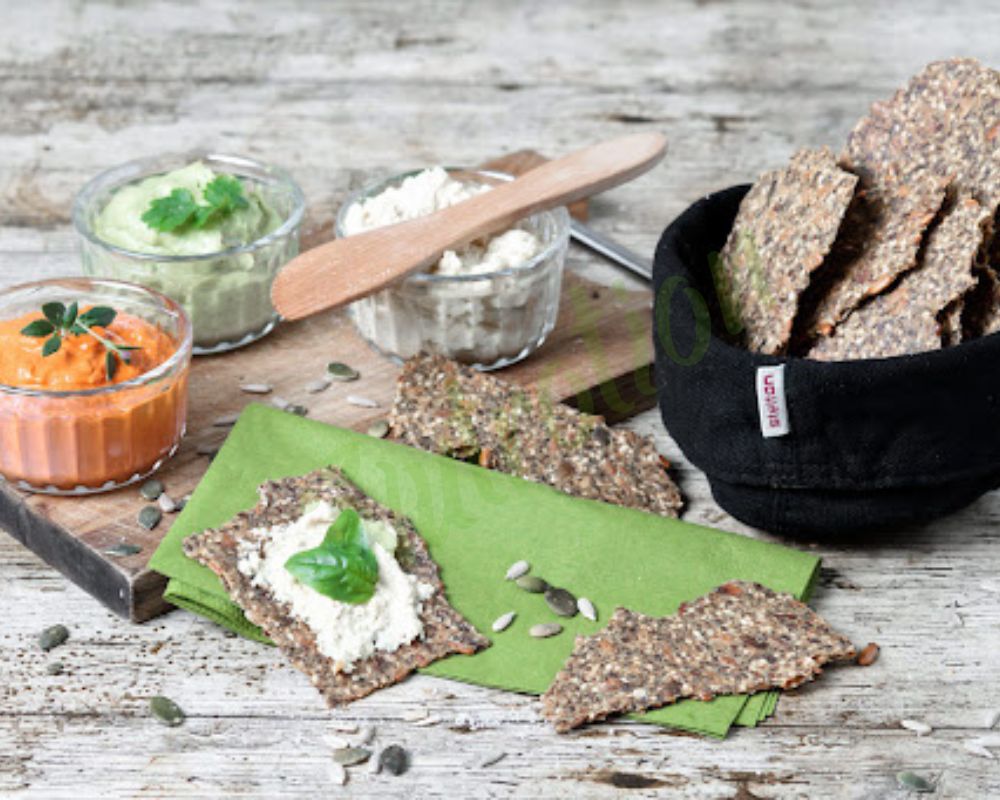For some time, fat was considered the public enemy, blamed for weight gain and various health problems.. However, as for many nutrition topics, the reality is more resourceful. Interestingly, our bodies use fats to work better too! The main thing you must do is to select the right type.
You have probably heard of bad fats and bad cholesterol, but did you know that as part of a balanced diet, good fats can be just as good as good cholesterol? This category of foods provides us with a whole range of health benefits, from keeping us full and giving us energy to fostering brain function and heart health. The question is: which are the richest sources of good fats, and how can we take them in our diet without risking our health?
All-Star Sources of Good Fats
- Fatty Fish

Salmon, sardines, mackerel, and herring serve as three small walking pharmacies that are loaded with Omega-3 amino acids. Although they may be less known compared to other superfoods, these nutrients are just as important. They keep our hearts healthy and may even reduce inflammation and improve our moods. Strive to eat fatty fish twice a week in your meal plan.
- Olive Oil

Mediterranean Fortune: This bright yellow oil comes full of monounsaturated fatty acids, a kind of fat that helps to reduce low-density lipoprotein (LDL) levels and raise high-density lipoprotein (HDL) levels. Drizzle it over salads, use it to sauté any vegetable or meat, or supplement with crusty bread to have a great appetizer.
- Avocado Mania

Alongside the creamy texture and taste, avocado is the superfood rich in heart-healthy fats. An avocado contains three elements that make it a formidable champion in keeping you full, nourishing your digestion, and lowering your blood pressure — monounsaturated fatty acids, fiber, and potassium. Whatever way you want to eat them: mashed on toast, guacamole, or even on their own, you are your own boss.
- Nutty Goodness

Almonds, walnuts, pistachios – those nuts have a diversity of healthy fats, protein, and fiber in them. These smart power-generators can help us turn down a hunger signal, control blood sugar levels, and improve cognitive abilities. Munch on a fistful of nuts raw, or add them to yogurt parfaits, salads, or homemade granola bars and let it bring you that wonderful flavor and nutrients.
- Chia Seeds – Size-defying

Don’t pay attention to their size, chia seeds contain a lot of omega-3s and fiber. These tiny nutrition bombs have a capability to 12 times the weight of water in their bodies, increasing the sensation of being full and promoting digestion. Use them to garnish your oatmeal, your smoothies, or your baked goods for a nutritional lift up.
- Seedsational Spreads

Tahini, a buttery paste made out of sesame seed and sunflower seed butter are yummy and nutritious options to peanut butter. They provide a high dose of good fats in addition to the minerals you need such as magnesium and zinc. Use this oil in dressing or in toasting wheat bread to add taste and nutrients too.
- Eggs – Sizzling Nutritious

Eggs are the new superfood! While the yolk does have cholesterol in it, it is the good kind (HDL) and is packed full of essential nutrients like protein, choline, and vitamins A, D, and E. Have eggs occasionally as part of a balanced breakfast or make you an omelet loaded with veggies for a lunch that will satisfy you.
Making the Most of Good Fats
Balancing the line between healthy and unhealthy fats matters. Consumption of an excessive amount of any fats will lead to weight gain. Here are some tips for incorporating good fats into your diet in a smart and sustainable way:
- Cook with Confidence: Use olive oil instead of butter for sautéing vegetables and roasting meat to replace unhealthy fats. This small step, in turn, can significantly shape the taste of your food while not compromising on the nutrition level.
- Pair Fats with Carbs for Balanced Energy: Healthy fats will help to slow down carbohydrate digestion and have a long effect as well as prevent blood sugar levels from skyrocketing. Try avocado toast for breakfast made with whole-wheat bread or fruits and nuts for an afternoon munch.
- Become a Label-Reading Pro: Be cautious of the amount of saturated fat you intake, especially from processed foods. The quantity of saturated fat needs to be limited, the advice is to read food labels carefully and pick the ones with low saturated fat as often as possible.
- Mindful Moderation is Key: You can count on a fistful of nuts as a rich source of healthy fats and proteins, but if you can’t do self-control and devour an entire package, you may be consuming more calories than your body needs. Try controlling portion and smartly choosing fats that make you eat well.
- Get Cooking with Healthy Fats: Don’t forget to make fats in the kitchen your friend. Baking cakes and muffins can be as well achieved with olive oil. Alternatively, you can add mashed avocado for extra creaminess and healthy fats to brownies. Try out the recipes that include good fats differently.
Overall, a balanced diet is the basis of overall health improvement. By adding these wonderful sources of good fats to your meal and snacks you are giving the body the essential nutrients it needs.


